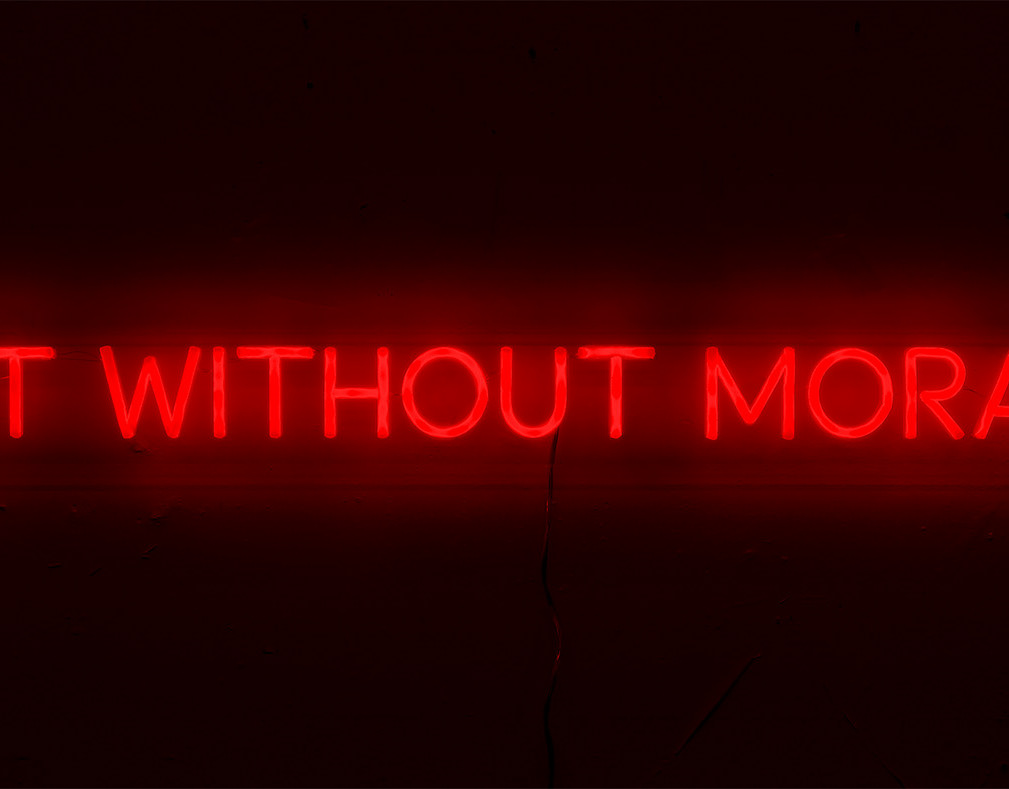Best of SouthCoast
June 12 - August 31, 2025
New Bedford Art Museum
608 Pleasant Street, New Bedford, MA 02740
June 12 - August 31, 2025
New Bedford Art Museum
608 Pleasant Street, New Bedford, MA 02740
Update: Keith Francis was awarded the Best of SouthCoast juried competition. The competition was juried by Carmen Hermo, The Lorraine and Alan Bressler Curator
of Contemporary Art at the Museum of Fine Arts Boston.
of Contemporary Art at the Museum of Fine Arts Boston.
Keith Francis's innovative artwork is an incisive exploration of the complex themes of nuclear power, historical memory, and the consequences of militarism, all encapsulated within a repurposed 1968 Gottlieb pinball machine. This unique piece transforms a cultural icon of entertainment into a platform for critical reflection, challenging viewers to consider the interplay between playful leisure and the grave realities of nuclear warfare.
At the heart of the installation is an internal plasma screen that showcases Francis’s video “Getting Ready!” (2016), alongside a historical interview conducted by Edward R. Murrow in 1955 with Dr. J. Robert Oppenheimer at the Institute for Advanced Study in Princeton. This juxtaposition of contemporary video art with historical footage invites viewers to engage with the legacy of nuclear energy and the moral responsibilities of those who develop such technologies. The playfield of the pinball machine features graphic representations of actual nuclear war scenarios, effectively blurring the lines between gameplay and the serious implications of conflict.
Specifically, the two internal scoring areas are marked with the names "Nagasaki" and "Hiroshima," highlighting the catastrophic consequences of atomic warfare. This direct reference elevates the installation beyond mere entertainment, creating a poignant reminder of the human cost associated with nuclear weapons. The playfulness of the pinball machine is further contrasted with the stark imagery, prompting a critical examination of how societal norms and values can desensitize individuals to the horrors of warfare.
Additionally, the plastic bumpers of the machine are cleverly shaped into missiles, further emphasizing the themes of militarization and the normalization of violence within popular culture. The outer structure features a Geiger counter, lights, and a lock that controls gameplay, accessible only by a special key. This mechanism adds a layer of complexity, suggesting that engagement—both with the machine and its implications—requires conscious choice and awareness of the consequences.
Ultimately, Keith Francis’s repurposed pinball machine serves as a powerful critique of the interplay between entertainment and the serious issues of nuclear warfare. By transforming an object of leisure into a site for meaningful discourse, Francis encourages audiences to reflect critically on historical memory, responsibility, and the need for thoughtful engagement in the face of global crises. This work not only captivates but also compels viewers to confront the often-ignored realities of conflict and the imperative of choosing a path toward peace rather than provocation.










